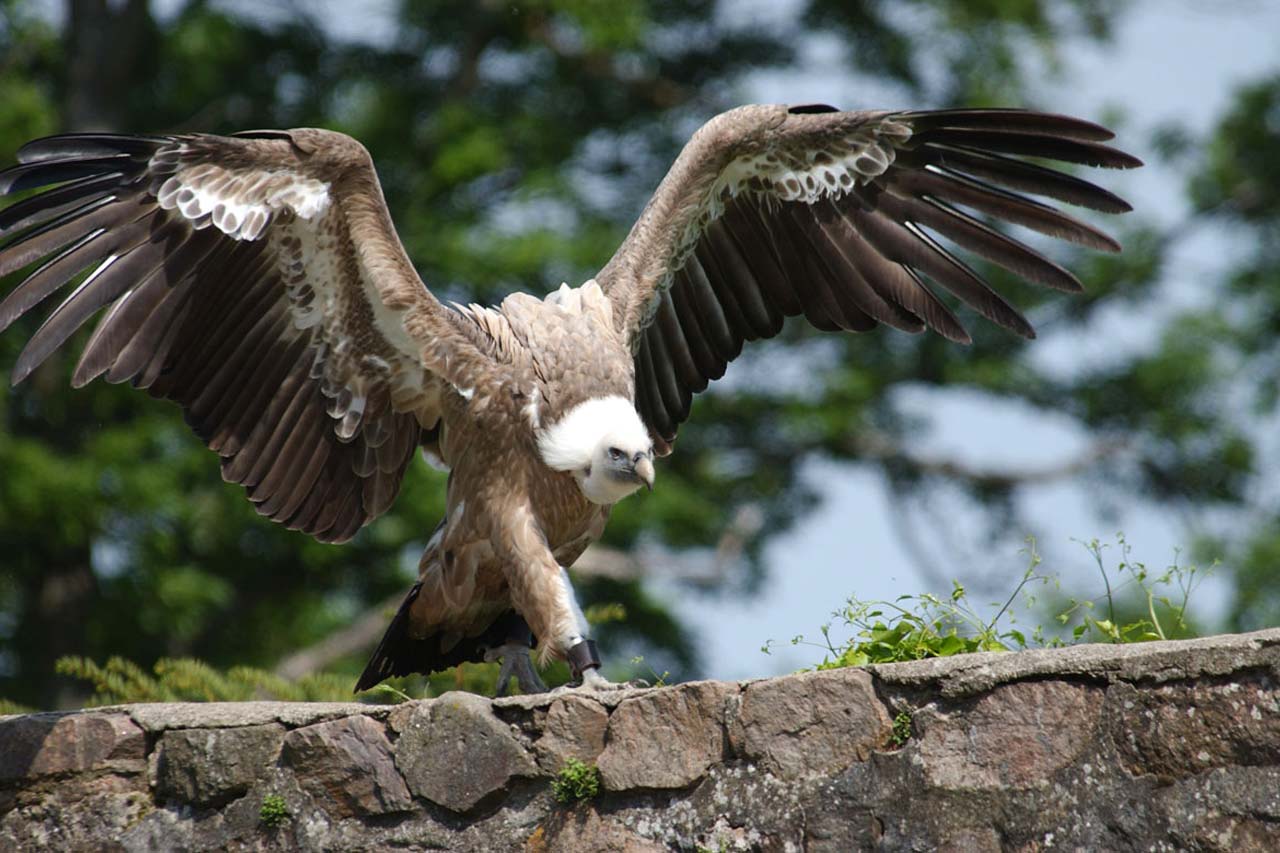With your family, partner or a group of friends, you can explore many tourist attractions in the immediate vicinity of the Hotel Val-Vignes. Below we have listed a selection, from the unavoidable to the more unusual!
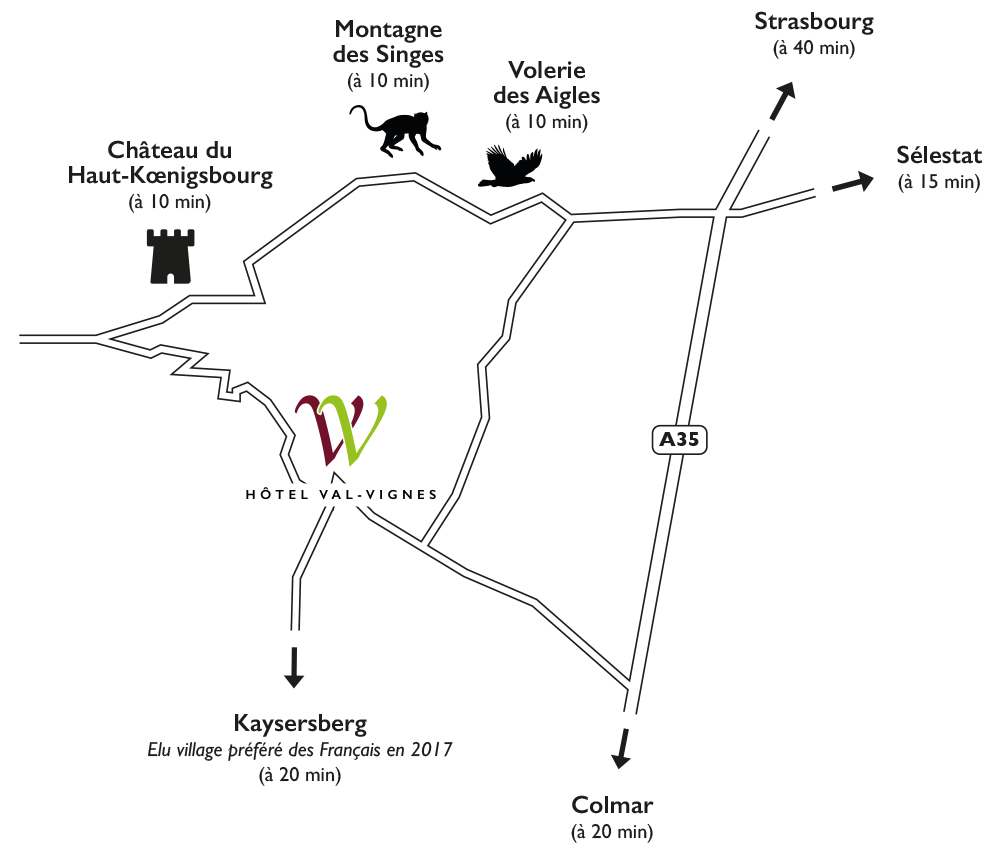
Built in the 12th century, the Château du Haut-Kœnigsbourg has had a succession of illustrious owners and for centuries witnessed the rivalry of lords, kings and emperors. Dominating the Alsace plain from a height of 757 metres, it offers an exceptional panorama of the Vosges, the Black Forest and sometimes even the Alps. As soon as you cross the drawbridge, you find yourself amidst the fully restored living quarters, the collections of medieval weapons, the dungeon and the grand bastion.
Only 10 minutes by car from the Hotel, this famous medieval castle is the most popular tourist attraction in Alsace, after Strasbourg.
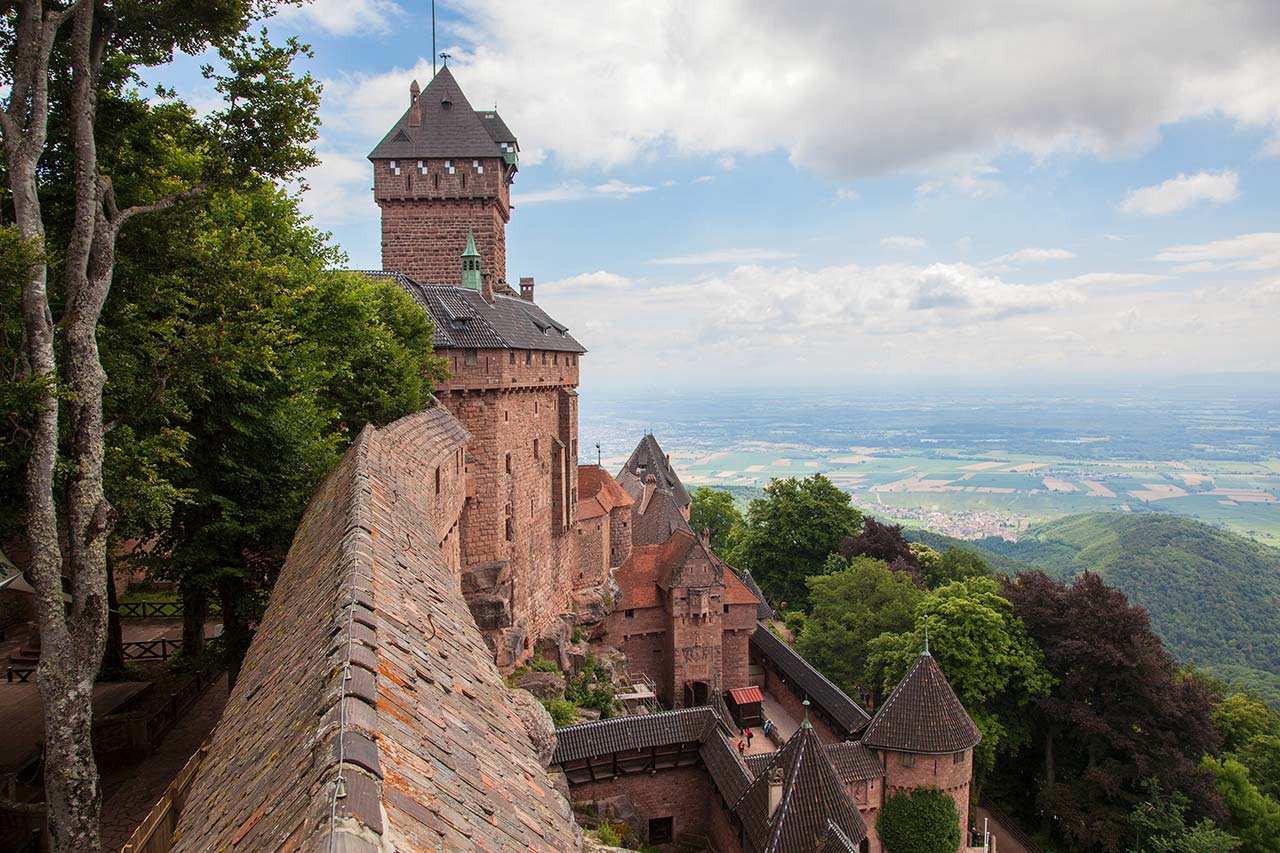
A typical local village well-known for its Pinot Noir, Saint-Hippolyte is located on the Alsace Wine Route. Encircled by a well-conserved medieval wall, it has some fine Renaissance and Baroque houses leading to the square in front of the Town Hall and the 14th century Church which has a fountain built in 1555.
You can also see the former château of the Ducs de Lorraine built at the beginning of the 17th century and the Stork Tower with its sloping roof, which defends the south-west corner of the town. Enjoy a stroll along the signposted walk (chemin du Wall) which follows the route of the ramparts outside the town.
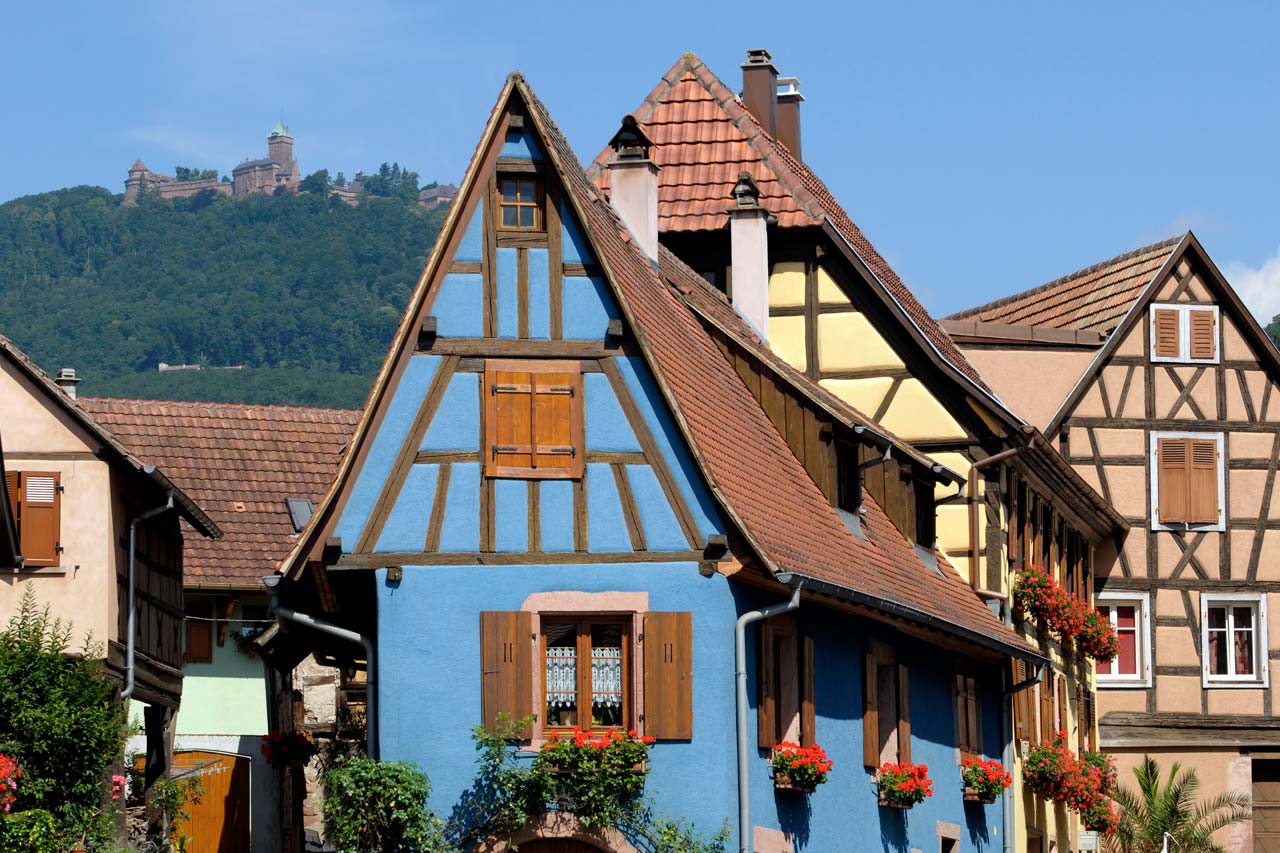
Set off from the Hotel Val-Vignes and Saint-Hippolyte to explore the Alsace Wine Route and Pinot Noir. This grape variety was used to create the appellation “Saint-Hippolyte Red” which has been reputed for centuries. The Alsace Wine Route meanders its way along the foot of the Vosges mountains in the Alsace vineyard, between Marlenheim in the North and Thann in the South. It is 170 km long and runs through 11 wine-making villages.
As you pass through the villages, admire the winding alleyways, the fortifications, half-timbered houses, the rolling countryside covered in vines, the medieval castles, and wine-makers growing the celebrated grape varieties of Alsace…
Seize the opportunity to push open the door of a wine cellar and meet the wine-growers from Ribeauvillé – Riquewihr.
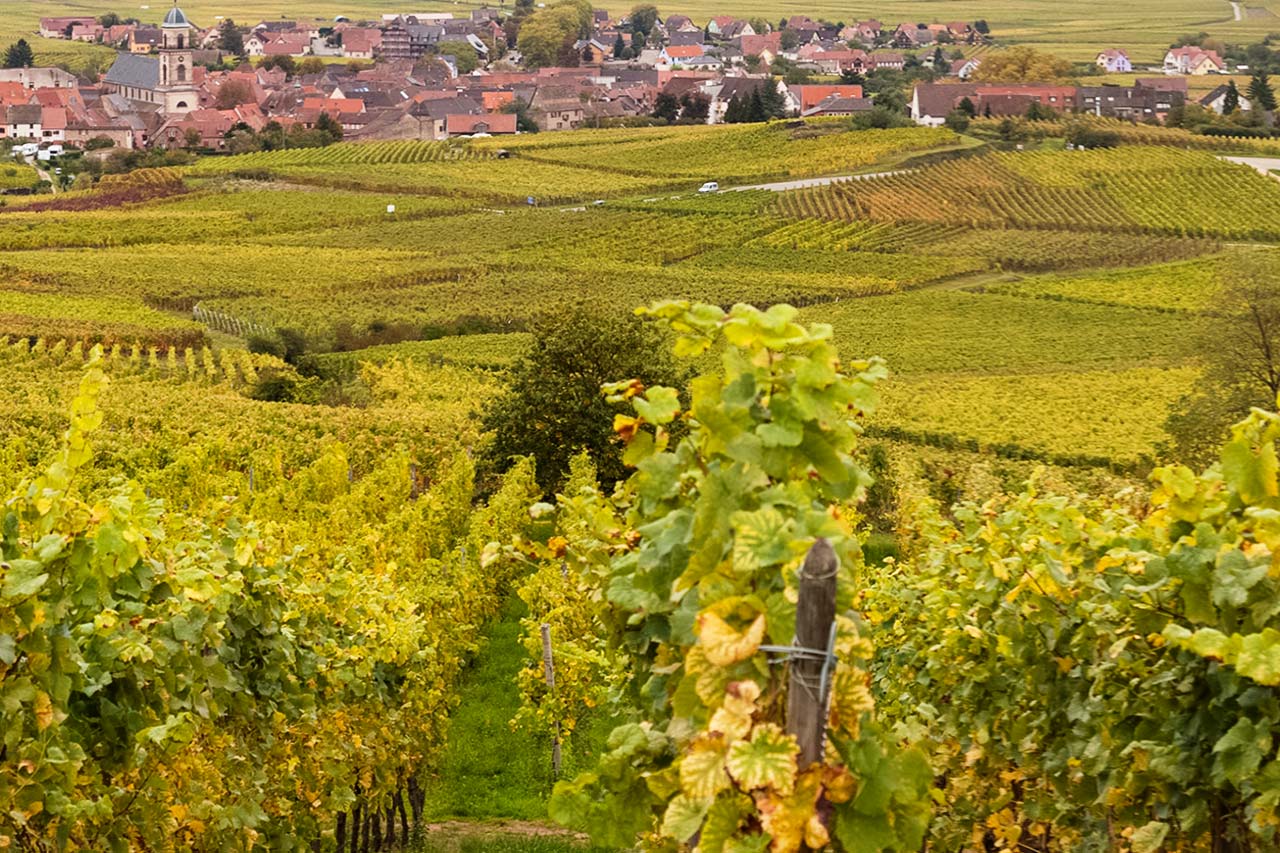
Situated inside the regional nature park of Ballons des Vosges, Kaysersberg is an Alsace village with a population of approximately 2,700. During your tour, you can admire the traditional half-timber architecture that largely dominates the village. The two monuments not to be missed are Château Schlossberg, built by Emperor Frederic II of the Holy Roman Empire, and Sainte-Croix church in the centre of the village.
With more than 700,000 visitors a year, Kaysersberg was elected “The favourite village of the French” in 2017 after Rochefort-en-Terre in 2016 and Ploumanac’h in 2015.
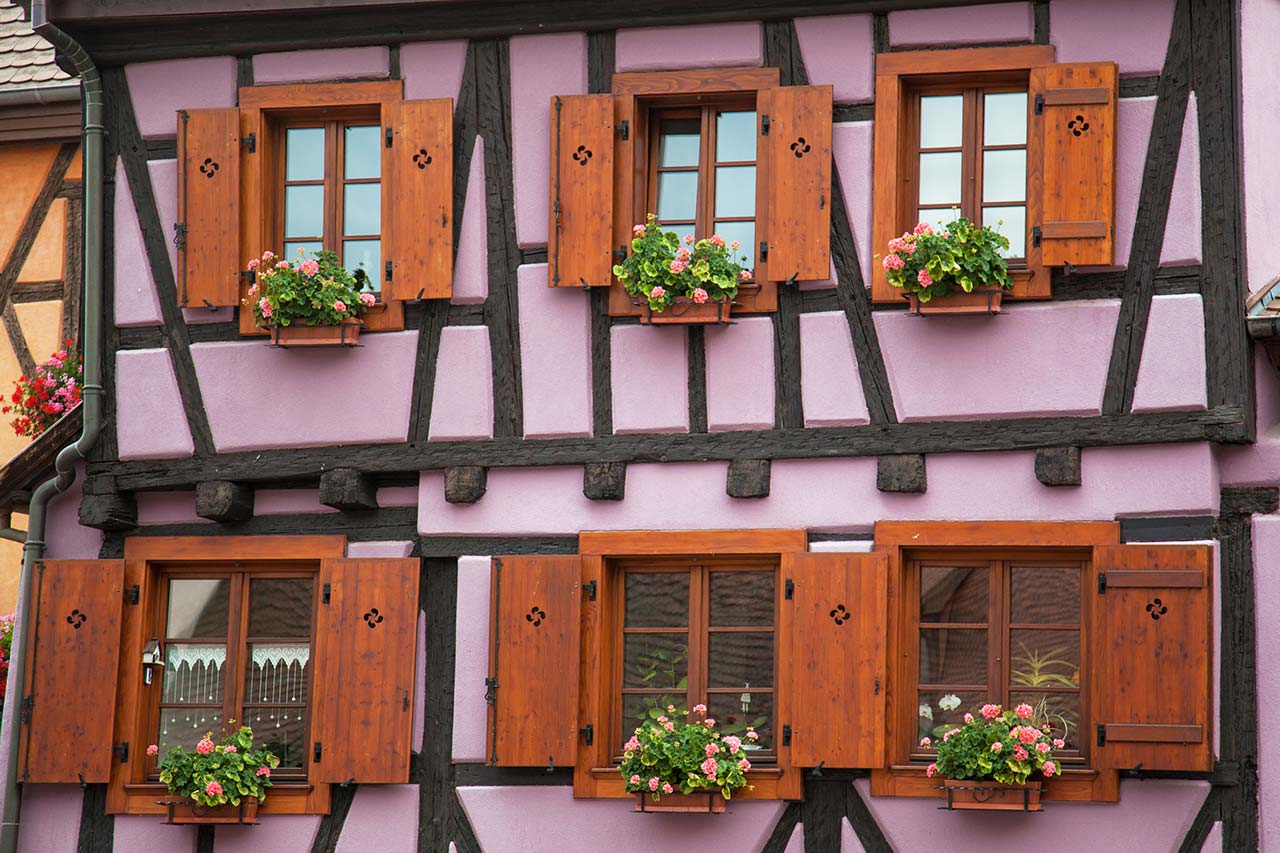
Monkey Mountain is a 24-hectare forest park belonging to the Municipality of Kintzheim and home to more than 200 Barbary Macaques who live in freedom. Visitors are allowed to give the monkeys handfuls of pop-corn which is supplied at the site entrance. As well as the information signs you can see all along the route, you can ask the park staff for more details should you have any questions.
Created at the end of the 1960s, Monkey Mountain has a specialist study centre for studying the behaviour of the animals. Part of its remit is to protect and conserve this rare species of monkey, and at the same time re-introduce them into their natural habitat to strengthen the wild population.
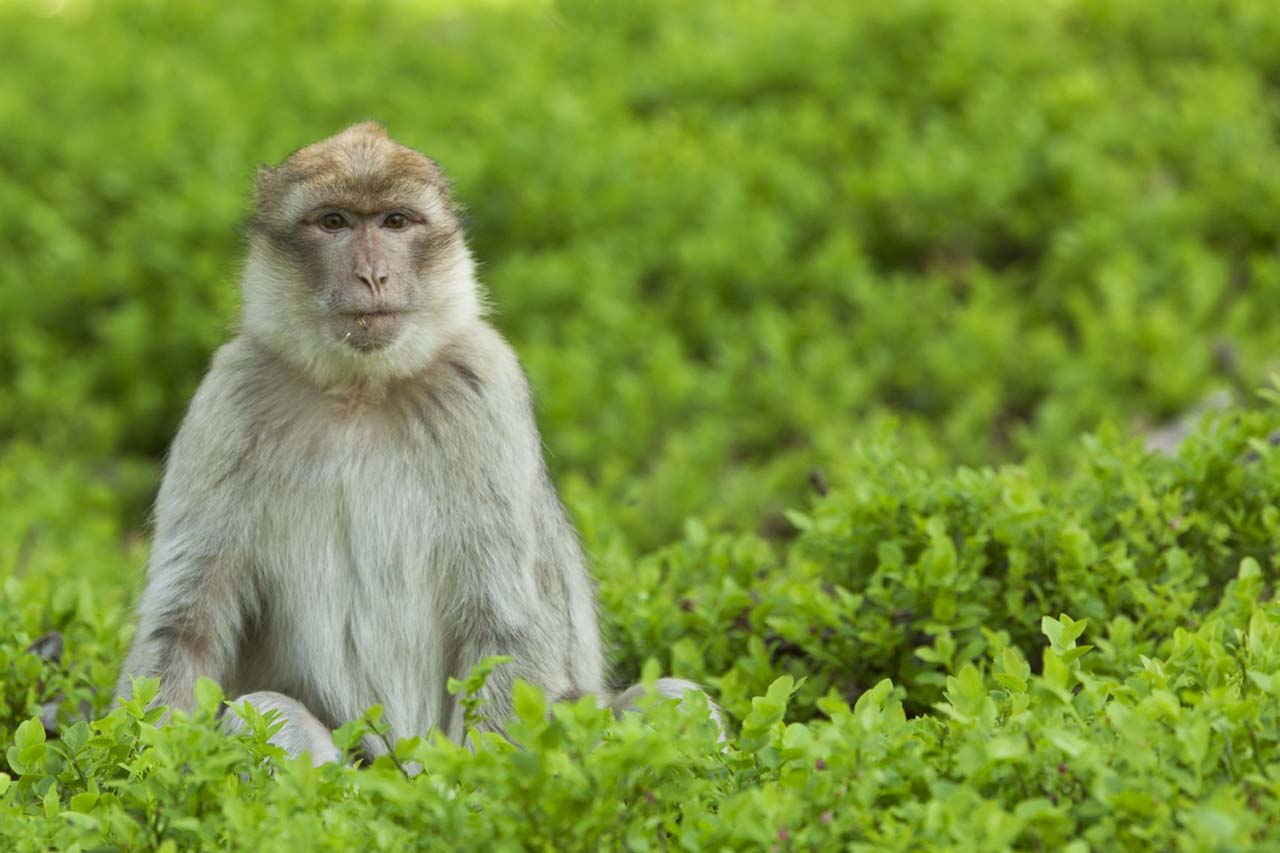
At Kintzheim, the Eagle Park is an ornithological centre located inside the ruins of the Château de Kintzheim. It presents birds of prey, such as eagles, falcons and vultures, which fly around in the setting of the castle. Shows are organised daily for visitors so that you can admire the birds of prey at close quarters. The Park also aims to raise awareness of the importance of biodiversity and the conservation of species.
The Eagle Park is open from April to November.
